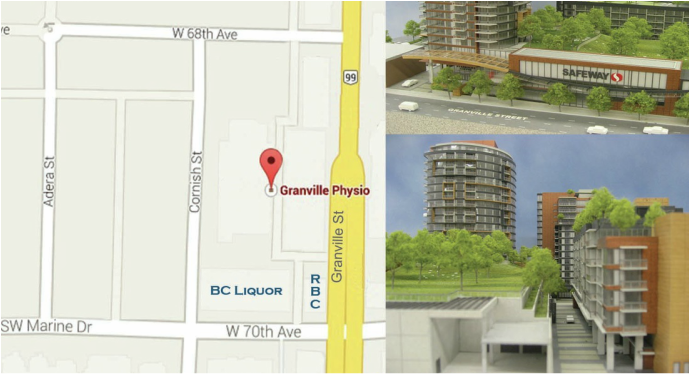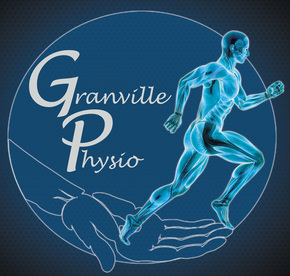If you've already followed our guidelines to finding a perfect pillow, but are still not sleeping restfully, your mattress is likely the culprit. Thankfully, our physiotherapists here at Granville Physio have simplified your mattress needs. Read on below to discover which mattress types may be right for you, or click here to book in today with James Rowan, Jim Bowie, or Damien Wild for your one-on-one treatment.
Support
In our opinion, the most important feature of your mattress should be the support that it provides for your spine. A good mattress will fully support the natural alignment and curvature of the spine, allowing for a comfortable and healthy rest. Your mattress should cushion your body in such a way that pressure points are minimized, the body relaxes into a position of natural and lengthened spinal alignment, and most importantly there is no soreness or stiffness upon waking.
Choosing the best firmness for you depends on mainly two factors: the preferred sleeping position and the shape of the individual. Sleeping on your back will lend itself to a firmer mattress being more comfortable (this doesn't mean back sleepers want a rock hard mattress). Side sleepers should have a mattress that allows the hip to sink into the bed enough that the spinal alignment remains neutral (adding a pillow between the knees can further help this). Additionally, the shoulder should sink into the mattress enough so that the neck and mid back are in the same line while the bottom shoulder is not rolled forward too far.
We recommend that you try laying on any potential mattress for a minimum of 20 minutes before making a decision. This will allow your body to relax fully into the support each mattress offers, and much like Goldilocks, will enable you to rule out the "too hard" or "too soft" options before you commit to purchasing. When shopping for a mattress you should also bring along someone to verify that your spinal alignment looks like the "just right" picture below.
Choosing the best firmness for you depends on mainly two factors: the preferred sleeping position and the shape of the individual. Sleeping on your back will lend itself to a firmer mattress being more comfortable (this doesn't mean back sleepers want a rock hard mattress). Side sleepers should have a mattress that allows the hip to sink into the bed enough that the spinal alignment remains neutral (adding a pillow between the knees can further help this). Additionally, the shoulder should sink into the mattress enough so that the neck and mid back are in the same line while the bottom shoulder is not rolled forward too far.
We recommend that you try laying on any potential mattress for a minimum of 20 minutes before making a decision. This will allow your body to relax fully into the support each mattress offers, and much like Goldilocks, will enable you to rule out the "too hard" or "too soft" options before you commit to purchasing. When shopping for a mattress you should also bring along someone to verify that your spinal alignment looks like the "just right" picture below.
Side Sleepers - The "Goldilocks Guide" to Mattresses
Materials and Composition
One last consideration for a mattress is what it is made of, which will affect respiratory health greatly. Remember that this is a place where you'll be spending almost a third of your life. There are three main culprits that adversely affect your health.
In North America mattresses are required to be fire retardant. For the majority of mattresses this means spraying them in a chemical soap to help "save" us in the case of a fire. While this might seem like a good idea we, unfortunately have to breath in the Volatile Organic Compounds (VOC) that are emitted from the mattress as a result of this. Additionally, many of the mattresses and pillows out there have glues that hold the mattress together, and these release VOCs as well.
The third respiratory concern is from dust mites, mildew, mold, and fungi. Dust mite feces, rather than the actual dust mites, are the main culprit. Common allergic reactions to these are sneezing, itching, watery eyes, wheezing, headaches, and fatigue.
In North America mattresses are required to be fire retardant. For the majority of mattresses this means spraying them in a chemical soap to help "save" us in the case of a fire. While this might seem like a good idea we, unfortunately have to breath in the Volatile Organic Compounds (VOC) that are emitted from the mattress as a result of this. Additionally, many of the mattresses and pillows out there have glues that hold the mattress together, and these release VOCs as well.
The third respiratory concern is from dust mites, mildew, mold, and fungi. Dust mite feces, rather than the actual dust mites, are the main culprit. Common allergic reactions to these are sneezing, itching, watery eyes, wheezing, headaches, and fatigue.
Coil/Spring mattresses are the least favorable for allergy sufferers because of their inner spring system.
The inner cavity of coil mattresses creates an incubator for dust mites and dead skin cells accumulate. You'll often find mold and mildew within the cavity of a coil/spring mattress due to humidity caused by the transfer of body heat. This is why spring mattresses will typically weigh 10 times its original weight after 10 years of use. Pillow Tops or Quilted Tops attract dust mites as well. With light, loose padding, these soft tops provide an ideal environment for dust mites to thrive in. Therefore, memory foam mattress and latex mattress without coils or springs are the way to go if you have allergies.
If you have any further questions on mattress shopping, please do not hesitate to contact us! Click here to ask one of our physiotherapists your questions, or click here to book an appointment today!
Sweet dreams!
- Granville Physio
The inner cavity of coil mattresses creates an incubator for dust mites and dead skin cells accumulate. You'll often find mold and mildew within the cavity of a coil/spring mattress due to humidity caused by the transfer of body heat. This is why spring mattresses will typically weigh 10 times its original weight after 10 years of use. Pillow Tops or Quilted Tops attract dust mites as well. With light, loose padding, these soft tops provide an ideal environment for dust mites to thrive in. Therefore, memory foam mattress and latex mattress without coils or springs are the way to go if you have allergies.
If you have any further questions on mattress shopping, please do not hesitate to contact us! Click here to ask one of our physiotherapists your questions, or click here to book an appointment today!
Sweet dreams!
- Granville Physio
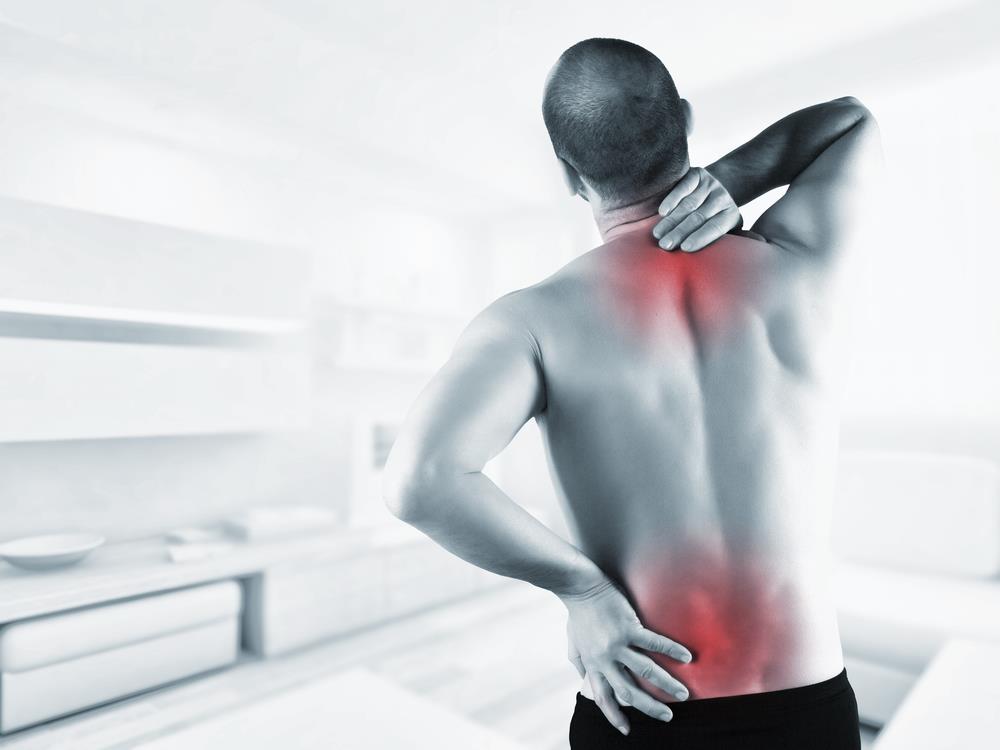
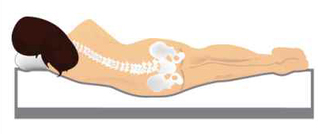
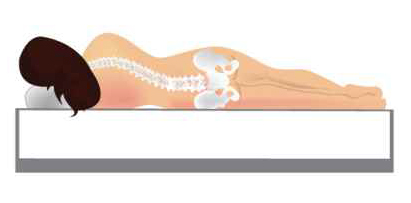
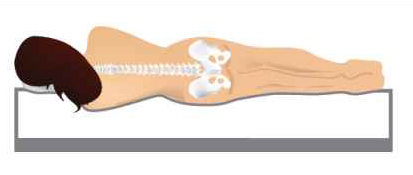
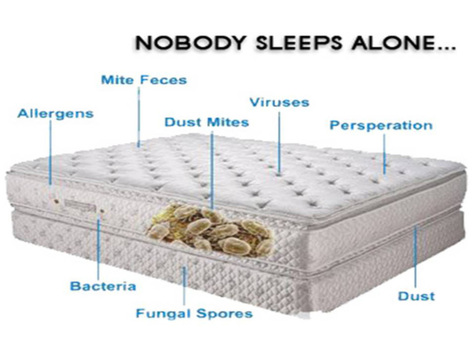

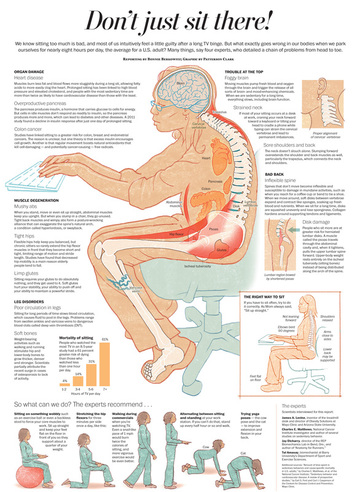
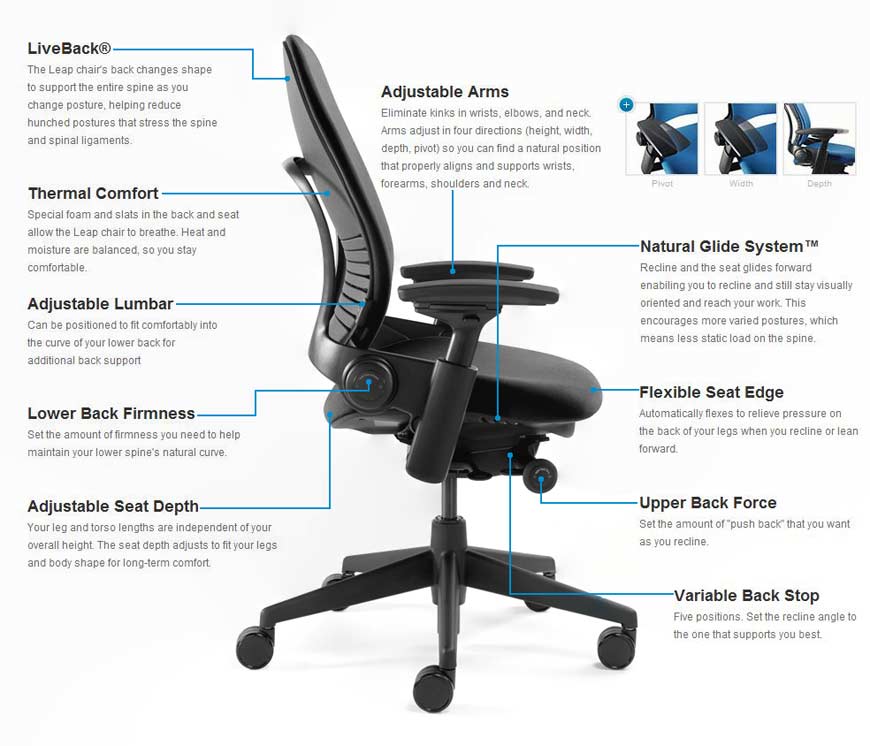
 RSS Feed
RSS Feed
